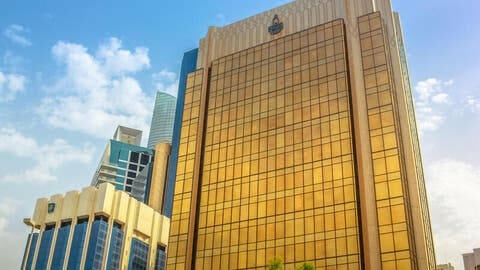-
Uneven recovery is expected as eleven Arab countries will likely recover by the end of 2022, while the recovery path will extend beyond 2022 in the rest of the Arab countries
-
Inflation is expected to remain at a relatively high level estimated at 11 percent in 2021 driven by the economic recovery and the rise in the prices of basic commodities
Arab economies are expected to grow by 2.9 percent in 2021 and 3.6 percent in 2022, reflecting the positive impact of vaccination campaigns, enhanced aggregate demand, and continued policy support, reveals the fourteenth edition of Arab Economic Outlook Report by Arab Monetary Fund (AMF) which contains updated forecasts of economic growth and inflation for Arab countries in 2021 and 2022
Uneven recovery is expected as eleven Arab countries will likely recover by the end of 2022, while the recovery path will extend beyond 2022 in the rest of the Arab countries, the report forecasts.
Inflation, is expected to remain at a relatively high level estimated at 11 percent in 2021 driven by the economic recovery and the rise in the prices of basic commodities, and it will likely decline to about 6 percent in 2022
Arab governments are encouraged to adopt comprehensive reforms to overcome the external and internal imbalances and enhance the economic resilience.
The report indicates that the global economy started to recover from the COVID-19 pandemic in the second half of 2020 in light of the acceleration of vaccine production and the launching of vaccination campaigns in many countries worldwide.
Accordingly, the international institutions raised their forecasts for the global growth to range between 5.4 and 6.0 percent, amid an uneven recovery pace led by some major economies, including the United States of America, China, and some other emerging economies whose growth is expected range between 6.2 to 8.4 percent in 2021.
On the contrary, other developing countries are expected to witness a fragile and slow recovery.
On international oil markets, estimates refer to an increase in the global demand for oil by around 6.0 million barrels per day in 2021 to support the economic recovery. The rise in demand for oil and the continuation of the “OPEC+” agreement will support its prices in the international markets.
The global economy faces outstanding risks related to the possibility of the pandemic continuing for a longer period than expected, which will challenge the tight policy space in many countries to support the recovery, the report states.
The Arab Economic Outlook indicated that the Arab economies would gradually recover from the COVID-19 Pandemic in 2021. The recovery will reflect the positive impact of the global and regional vaccination campaigns, the improvement in the aggregate demand, the recovery of global oil markets, and the successful implementation of economic reform programs to address structural imbalances.
In addition, the Arab economies will also benefit, during the forecast horizon, from the continuation of the accommodative policies to foster growth and employment and from the stimulus packages provided in 2021, especially by some Arab countries that still have fiscal space.

